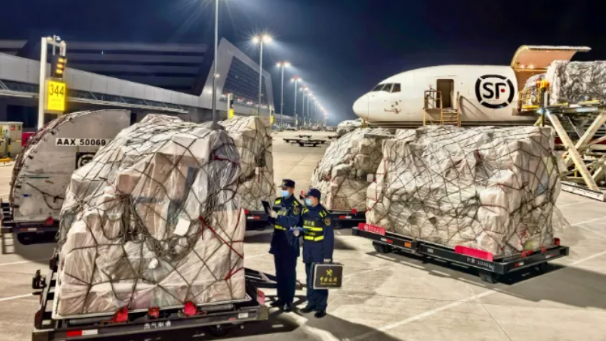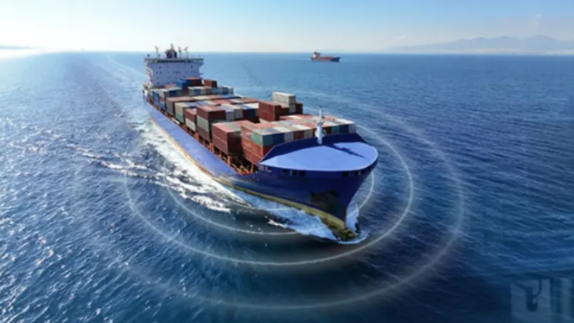Global shipping giant Maersk is accelerating the integration of its ports and logistics network. Recently, Maersk’s port operating company, APM Terminals, announced the acquisition of the Panama Canal Railway Company (PCRC), further strengthening its position as a key hub in global supply chains.
PCRC was originally a joint venture between Canadian Pacific Kansas City (CPKC) and Lanco Group/Mi-Jack. Since its establishment in 1998, it has operated a 76-kilometer single-track railway running adjacent to the Panama Canal, primarily used for connecting freight transport between the Atlantic and Pacific oceans. In 2024, PCRC's revenue reached $77 million, with an EBITDA of $36 million.
What’s Maersk’s Next Move After Acquiring PCRC?
Keith Svendsen, CEO of APM Terminals, stated in a press release that PCRC represents an “attractive infrastructure investment” that aligns with APM Terminals' core business strategy and will enhance its competitiveness within the global logistics network. This move indicates that Maersk is optimizing inland container transport efficiency by acquiring key transportation hubs, ultimately improving its service to the global shipping market.
In fact, the Panama Canal Railway is one of the world’s most important land freight routes. Given the shipping restrictions and limited capacity of the Panama Canal, the railway serves as a crucial supplement for transport between the two oceans. With this acquisition, Maersk not only enhances its cross-ocean freight capabilities but may also influence the competitive dynamics of the entire shipping market in the future.
CPKC Slimming Down, Focusing on the North American Market
In contrast, PCRC is considered a "non-core asset" for CPKC. Keith Creel, President and CEO of CPKC, stated in the announcement that the sale of PCRC is part of the company’s strategy to optimize its assets and enhance shareholder value. CPKC’s strategic focus is on expanding its "three-country rail network" across Canada, the United States, and Mexico, leveraging its unique geographical advantages and concentrating on freight growth within the North American market.
This transaction represents both Maersk’s expansion and CPKC’s refocusing. As the global supply chain continues to adjust, the boundaries between shipping companies and rail operators are becoming increasingly blurred. From port integration to rail investments, Maersk’s goal is no longer just maritime transport but to build a global, end-to-end logistics network.
In the future, as competition in the shipping market intensifies, the race for infrastructure resources will become even more fierce. Maersk’s move not only strengthens its position as a global shipping hub but also alters the logistics ecosystem around the Panama Canal. Ultimately, these changes will impact the flow of global trade.

Last
Ezhou Huahu Airport: Asia's Premier Cargo Hub Handles 38.71 Million Tons of Freight in Two Years
Since launching international cargo routes in April 2023, Ezhou Huahu International Airport—Asia's first professional cargo hub lo

Next
Green Shipping Gets Another Upgrade! 25 Alternative Fuel Ships Ordered in March, Methanol Fuel Gaining Popularity!
In March 2025, the global shipping industry continued its efforts to embrace alternative fuel-powered vessels. According to data f




